“Things are changing rapidly these days, especially with tech dominating virtually everything. And while we move forward with positive changes to the travel experience – we must not forget where we came from. And by we- we mean everyone born after Y2K – which by the way, means nothing to someone born in the year 2000 and above. Without further adieu, here’s what people born after the year 2000 will never know about travel. Well, until now…”
9 Things People Born in the 21st Century Will Never Understand About Travel?
One might argue that this article written by Gilbert Ott of God Save The Points — from which the paragraph your just read was excerpted — is incomplete; while others may claim that those people born in the year 2000 and later do know about some of what was listed…
…and yes, I do realize that the year 2000 is actually part of the 20th century and not the 21st century — but I digress.
In case you did not already know, Y2K was an acronym of sorts for Year 2000, as people dreaded that computers and technology which were supposedly incapable of keeping time after December 31, 1999 would fail and cause massive disruptions worldwide — resulting in a virtual armageddon of sorts. For a variety of reasons, that doomsday scenario never happened.
I do not disagree with Gilbert Ott on most of what he wrote in his article — but I do want to add my own thoughts and clarifications…
1. The Airplane Telephone — May It Rest In Peace
After being asked to read the aforementioned article written by Gilbert Ott, one person who was born after Saturday, January 1, 2000 was surprised to learn of “those big, chunky, beige phones” which were installed in the backs of seats or in armrests…
…but who remembers the days when only one or two of those telephones were installed aboard an airplane — typically near the galley? The high cost of using those telephones — which was probably approximately $20.00 per minute, as inferred by Gilbert Ott — kept passengers from forming a line to use it.
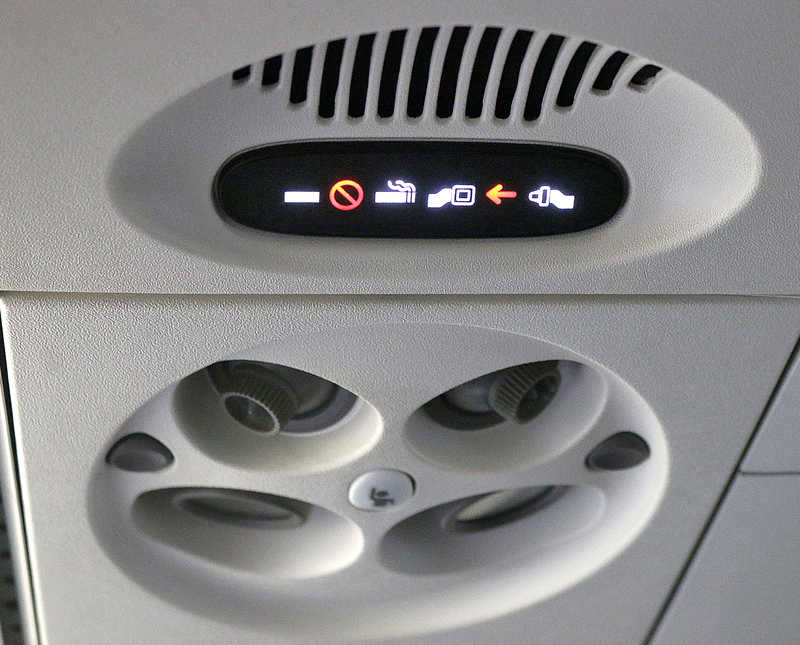
Of course, those telephones could not be used as long as the Fasten Seat Belt sign was illuminated.
I do remember when airplanes were equipped with Airfone — a telephone which could be used during a flight — by either Verizon or GTE. The rates were $3.99 per minute plus a connection fee of $3.99 — which equated to eight dollars for that first minute. I used the Airfone service exactly once for a very abrupt telephone call because I needed to update someone with important information.
The high cost of using Airfone discouraged many passengers from using that service. When someone did use it, it was usually only for a few minutes at best — hardly an inconvenience to fellow passengers — and the sound quality was not exactly the best.
By the way, Airfone was acquired by Gogo back in 2012.
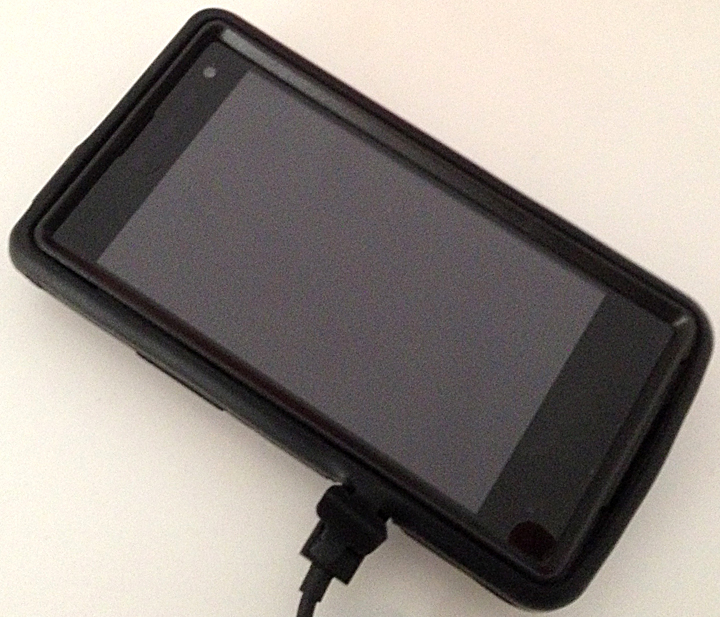
Thanks to sweeping advances in technology, our most significant concern these days in terms of telecommunication in commercial aviation is whether or not telephone calls should be allowed during flights. In a highly unscientific poll which I conducted as part of this article on Thursday, September 3, 2015, most readers of The Gate opposed the use of portable electronic devices to place telephone calls during flights.
“I think that phone calls should only be for emergency reasons” is what one person who was born in the 2000s told me. I would agree with that.
Derek — who is a reader of The Gate — wrote this comment: “The airplane is one place where we can be away from inconsiderate loud talkers who think they have important things to say. we don’t need more self absorbed people who think they are special. There is a reason for the phone booth back in the day – a place where you can have a phone call and hear the other person and wouldn’t disturb others.”
2. Local Travel Agents — and City Ticket Offices
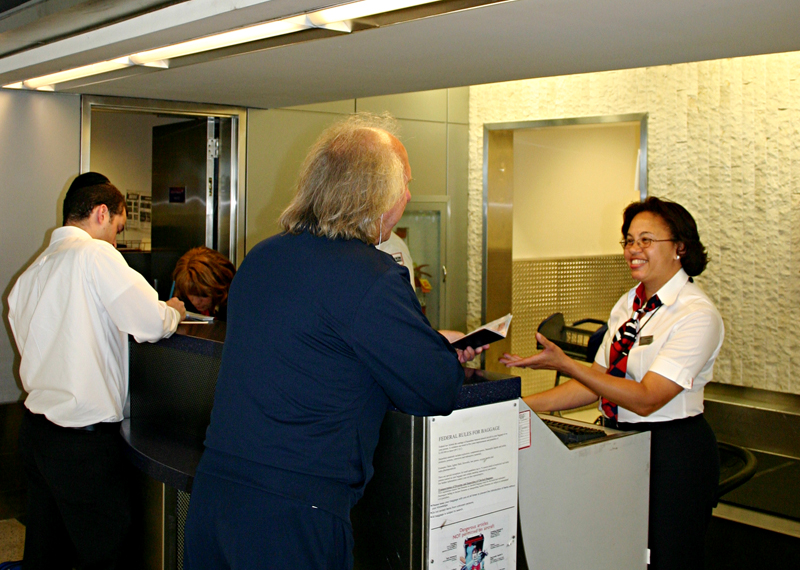
“The thought of walking in to your local travel agent to book your next holiday seems ludicrous nowadays, but once upon a time – it was the only way. Thanks to the lovely internet, Expedia and a number of online booking sites, booking from the comfort of your own sofa is the new norm – and we don’t hear (really) anyone complaining. But keep in mind, travel agents can work miracles still.”
Travel agents are not nearly as pervasive across the landscape as they were years ago; but those stalwarts of what was considered a dying breed still do have access to technology which us mere mortals can only hope to use — ergo, performing said travel “miracles.”
Many travel agents closed shop simply because airlines and other travel providers had increased costs to their services while simultaneously reducing special benefits to them — and the demand from consumers waned as well with the advent of travel agencies via the Internet. Expedia and Orbitz are two of many of those agencies which come to mind.
I was fortunate to be related to members of my family who either owned or worked in travel agencies, as not only did I not have to leave the comfort of my home when I placed telephone calls to them to work out an itinerary for me; but I also had tools available to me to get discounted travel which other people did not have access…
…but never mind travel agencies: what about the days when airlines had their own city ticket offices? I used to go to them to get my printed tickets in advance — as well as work out any issues or have any requests placed and fulfilled. They were relatively convenient — especially when using them instead of going to the airport to conduct business.
I wrote this short article pertaining to city ticket offices of airlines becoming an endangered species on Thursday, November 22, 2007. I think it is now safe to say that they are indeed extinct — and why not? We are able to do almost everything from our computers or portable electronic devices; and airlines no longer have to pay for physical real estate to house city ticket offices — or staffing them with employees.
3. Printed Tickets
Ah — you did catch my reference pertaining to printed tickets and how customers can procure them at a city ticket office in advance of the commencement of a flight, did you not?

Gilbert Ott is correct to state that a printed boarding card is not a printed ticket, which was actually several documents fastened or stapes together as a miniature booklet of sorts. You really had to hang on to that ticket and guard it with your life; for if you lost or misplaced it — or if it was crumpled or otherwise damaged beyond repair to the point of unreadable — you did not travel.
These days, you do not even need a ticket to travel — or a physical boarding pass. You can use your portable electronic device to gain access to the airplane which is used for your flight.
4. Map Books

I was always incredibly fascinated with maps. I could read map books for hours — not to know where I was going, as I always had a keen sense of direction — but because I was always equally as fascinated with roads and highways. I rarely needed to refer to a map to get to where I was going while I was driving.
The advent of Google Maps and other similar technologies only significantly upgraded the level of my fascination with maps, as I could spend hours reviewing them as well — and catching interesting anomalies. For example, seeing where the eastern terminus of Interstate 70 ends prompted me to visit it recently; and that silly but unique experience is documented with photographs in this article.
By the way, Gilbert: map books were more commonly referred to as road atlases.
5. Selective Photographs
“Once upon a time, those truly painful selfies you took would’ve cost at least $35 a roll. And a roll only had about 24 pictures by the way. Once upon a time, there were NO REDO’s – so whatever you took was whatever you got. And sometimes, to no fault of your own, the film would be expired, and you’d get nothing. So next time you line up that perfect selfie, take a moment to think how many people spent fortunes at the same location. You’re welcome.”
First, the number of photographs you can get from a roll of film varied depending on the length of the roll. Sometimes the number was 12 exposures; sometimes 24 exposures; and other times, the number was 36 exposures.

Second, what type of film was purchased? Print? Slide? High speed? 35 millimeter? Color? Black-and-white? Which brand of film was favored — Kodak, Agfa or Fuji?
I never purchased one of those bags which helped to prevent the film from being exposed to radiation when scanned at airport security checkpoints, as I rather always had my bricks of film checked manually by a human being who worked at the checkpoint — especially on my return flights heading home after the film was used, containing my precious memories of the trip.
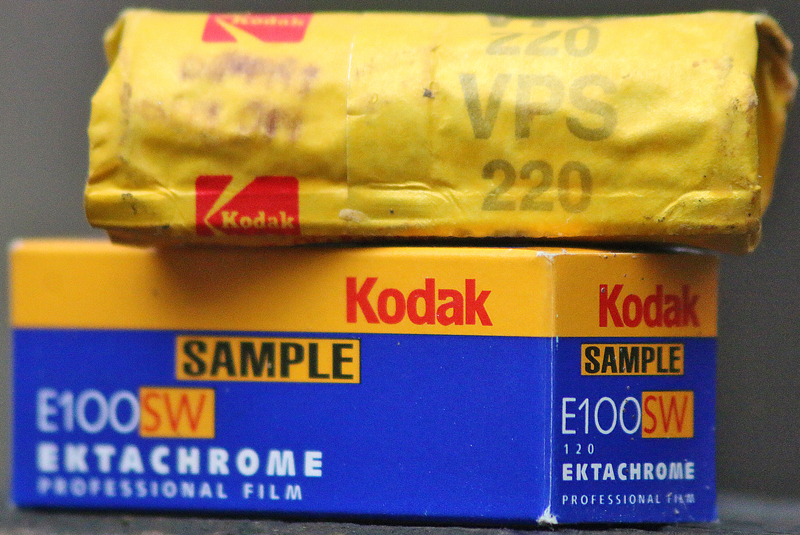
I still have my two Hasselblad medium format cameras, which used 120 and 220 format film depending on the magazine — or “back” — used on the rear of the camera.

They have since been collecting dust — literally, as you can sadly see in the photograph shown above — even though I can spend a small fortune buying digital backs for them; but they are solidly built and therefore too heavy and bulky to carry around with me everywhere I travel. Plus, significantly more electronic storage space is needed for photographs shot with medium format technology — and although the quality is superior due to the larger size and resolution, I consider it overkill for much of what I need anyway.
Again — due to knowing people who worked in the industry — I used to get most of my film free of charge, with processing at a low cost or no cost at all to me. I was truly fortunate, of course, as I save hundreds — or maybe thousands — of dollars…
…and because I knew and understood photography, my “mistake rate” of bad or unusable pictures was significantly lower than those of many other people; so I was able to maximize the use of film rather well.
6. Video
Gilbert Ott did not cover video; so I took the liberty of adding it here.
Virtually no one uses video tape or video cameras anymore. Portable electronic devices are smaller and record higher-quality movies and videos than ever before.
In addition to carrying bricks of film with me in my nascent days of traveling alone, I would also bring a video camera and a stack of blank video tapes — both of which thankfully reduced in size as new technologies were introduced and became available.

Video tape was more forgiving than film, for one could simply record over a portion of tape which was no longer wanted — especially if the original recording was bad or in error.
In addition to the Hasselblad cameras, I have video equipment which is literally currently collecting dust as well. I should consider opening a museum — but perhaps I will wait until DVD technology becomes completely obsolete first.
When I was really young, my first trip to Las Vegas was recorded on color film with sound. Talk about a very expensive and unforgiving technology when including the cost of materials and processing…
7. In-Flight Entertainment
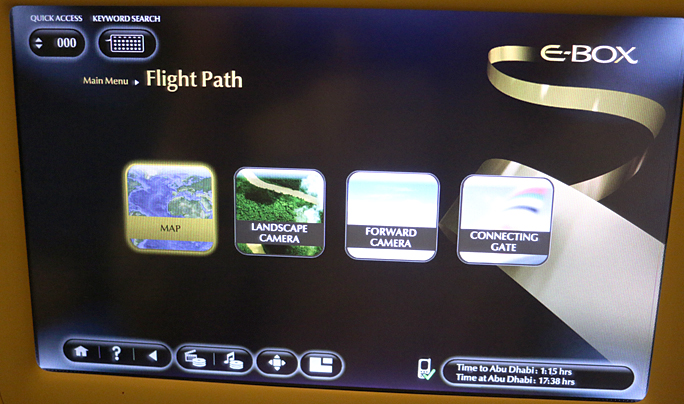
This topic was also not tackled by Gilbert Ott; but in-flight entertainment years ago meant little more than 12 audio channels and a magazine provided by the airline — not the literally hundreds of options available by in-flight entertainment systems of today as well as portable electronic devices…
…and if you were lucky to be able to watch a movie, it was shown on several large screens — not monitors, but actually projected on screens, which caused issues if any window shades were open during the day — instead of individual devices built into the backs of seats. This usually meant that you get to watch one movie, a few “featurettes”, perhaps an episode of a television program, and commercials — with your only choice of either watching it or not watching it. You also needed special headphones to hear the movie or other programs — and you had to pay to rent those substandard headphones for the duration of your flight.
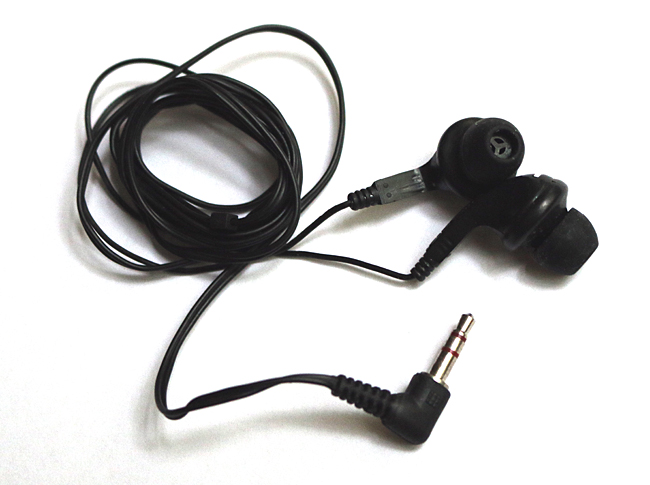
I know what I am about to say will rattle some audiophiles; but I am fine with the earbuds given out by airlines for passengers to keep during international flights. They were better than those annoyingly uncomfortable and ineffective air tubes from yesteryear — having to listen to audio sounds through a conveyance which was nothing more than a cheap hollow double plastic tube with little sponges that you stuffed into your ears. It was like listening to the adults speak in Charlie Brown cartoons, with their muffled gibberish. I could not understand a word anyone was saying — especially when the tubes had a kink in them. Those “headphones” were probably designed by the same sadist who devised the modern armrest. Thank goodness those hollow tubes are long gone.
If I recall correctly, the cost to use those air tube headphones was $5.00; and unlike the earbuds distributed by some airlines, you could not keep them — not that you would want to keep them, as they were useless outside of airplanes. Unlike those old air tube headphones, at least the current earbuds are equipped with a universal jack which you could use on a plethora of electronic devices — including music players and “smartphones.”
8. Guide Books
I never used guide books, believe it or not. Rather, I would conduct my research using books and magazines in general and record what was interesting to me — either by manually writing notes or printing them with a computer…
…but again, I had access to travel agents which most people would have only dreamt about at that time — which meant information was readily accessible to me upon request.
Recommendations from people whom I knew and had already been to places which I was traveling to visit were duly noted.
I simply never had a need for a guide book — especially as some information in guide books became outdated not long after they were printed.
9. Before Social Media
Years ago, planning itineraries for travel can be costly and consume massive amounts of time. Social media has indeed revolutionized travel — mostly for the better…

…and Randy Petersen is considered by many people to be one of the pioneers of social media with regards to miles, points and travel after founding such entities as InsideFlyer, FlyerTalk and BoardingArea early on — and, of course, The Gate was founded in 2006 as a result.
You can now use portable electronic devices to ask for advice and recommendations from complete strangers anywhere in the world — as well as take advantage of opportunities which can save you money or help you collect bonus miles and points to use on future trips. You can compare costs — although the advent of such deceptive practices as mandatory resort fees were specifically designed to hamper that capability.
You do, of course, need to be careful about revealing specific dates when traveling so as not to be a potential target of crime by some nefarious individuals who would pounce on the opportunity to burglarize your home or steal your identity.
Summary
The part of the original article which garnered the most surprise from anyone born in the 2000s was the Airfone: “I did not know they had those on airplanes.”
Contrary to the conclusions of members of many marketing departments and exhaustive research conducted by them, I hardly believe that anyone who is 18 years of age or younger really is all that different in terms of what he or she wants from travel when compared to any other age group. We all basically want ways to enjoy our travel experiences as much as possible — although those experiences can greater differ — with the cost, effort and time invested to simultaneously be as minimal as possible…
…but as I mentioned at the beginning of this article, this list is most likely incomplete. Please feel free to add to the Comments section below anything which either the original article or this article may have missed.
All photographs ©2008, ©2012, ©2013, ©2014, ©2015, ©2016 and ©2017 by Brian Cohen.

